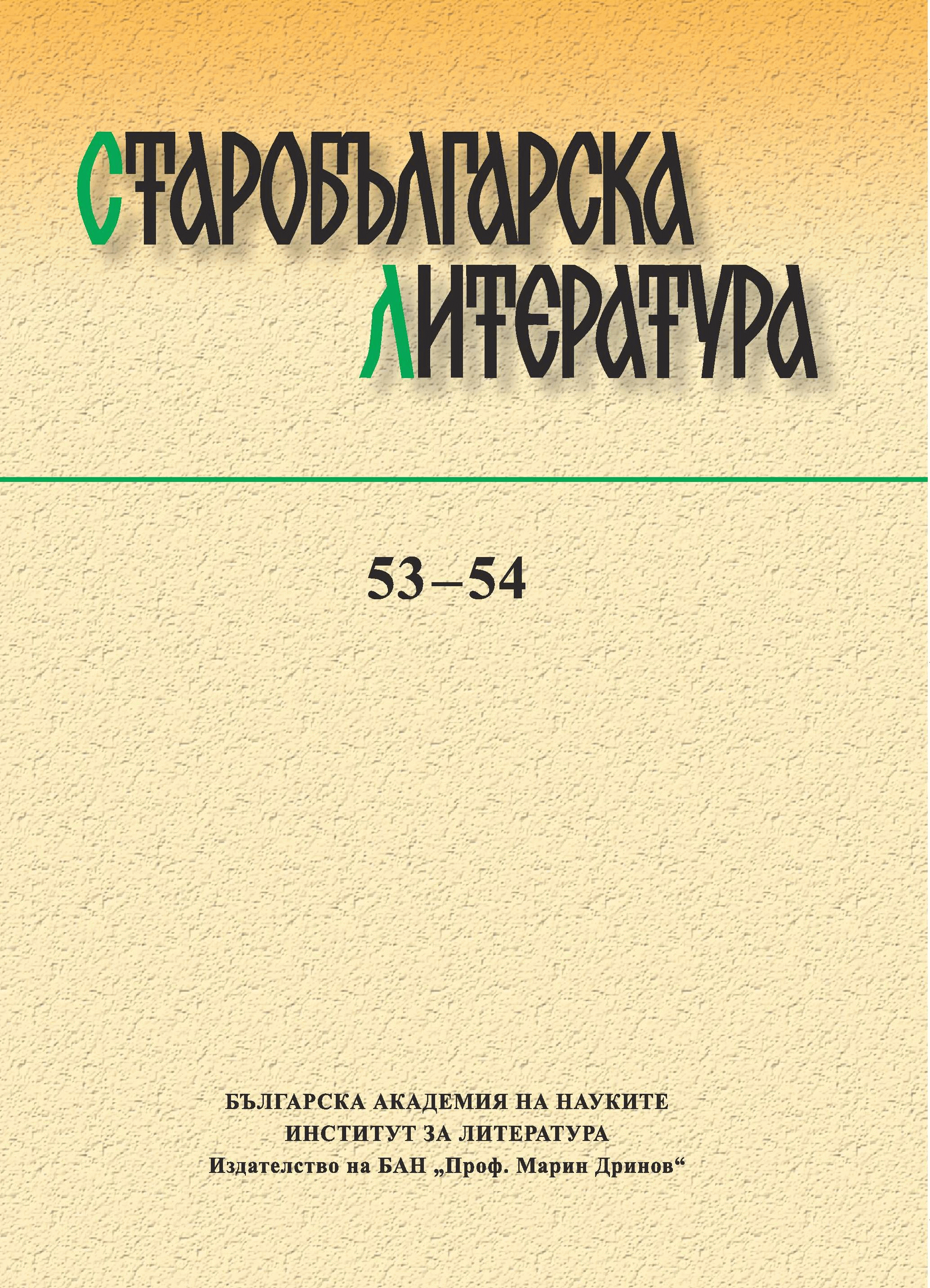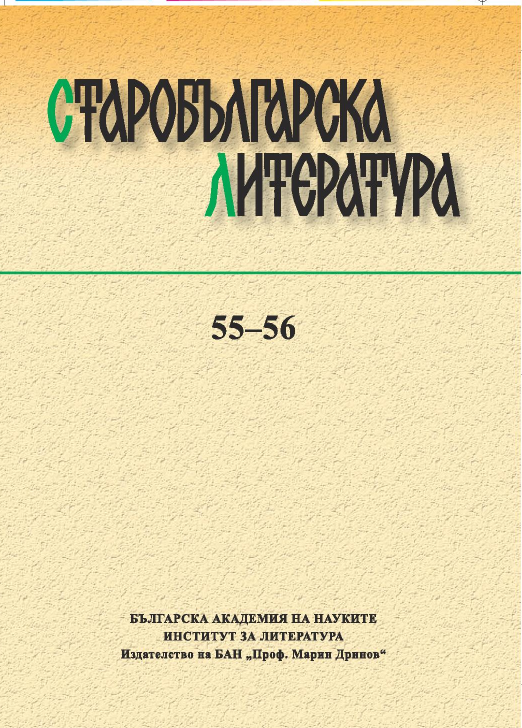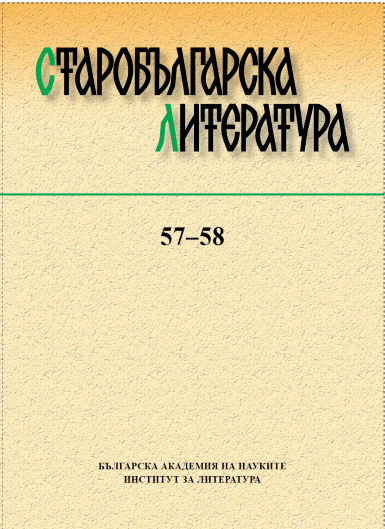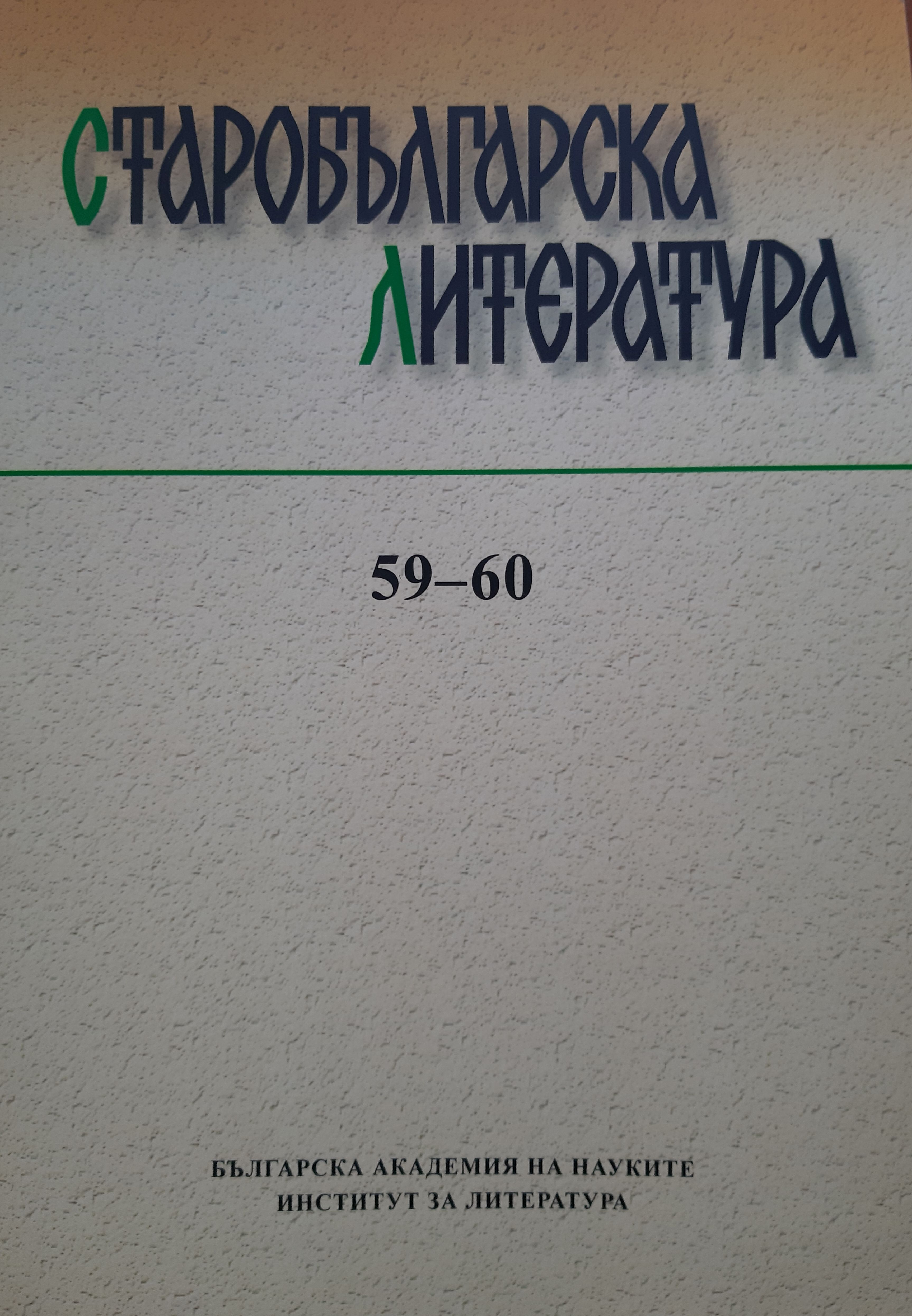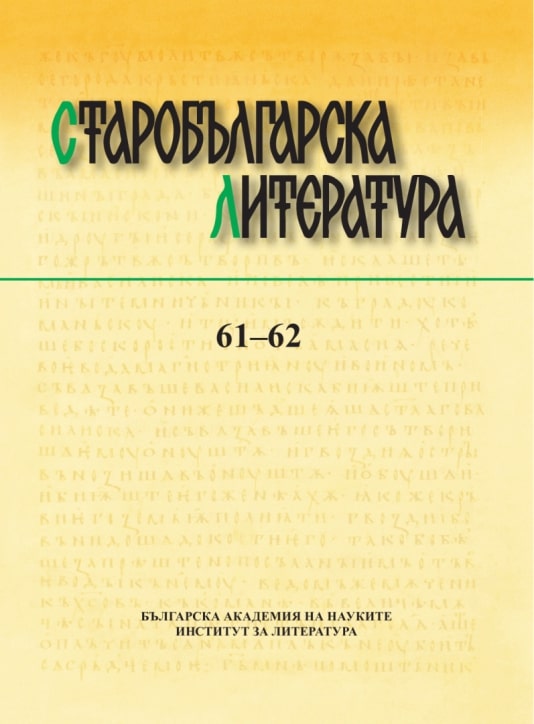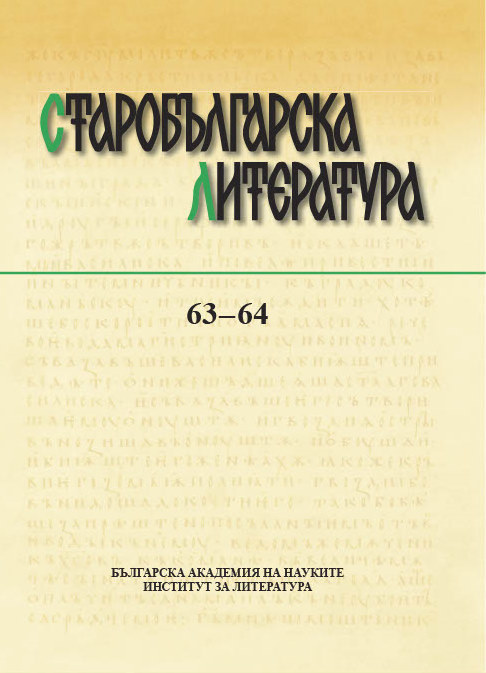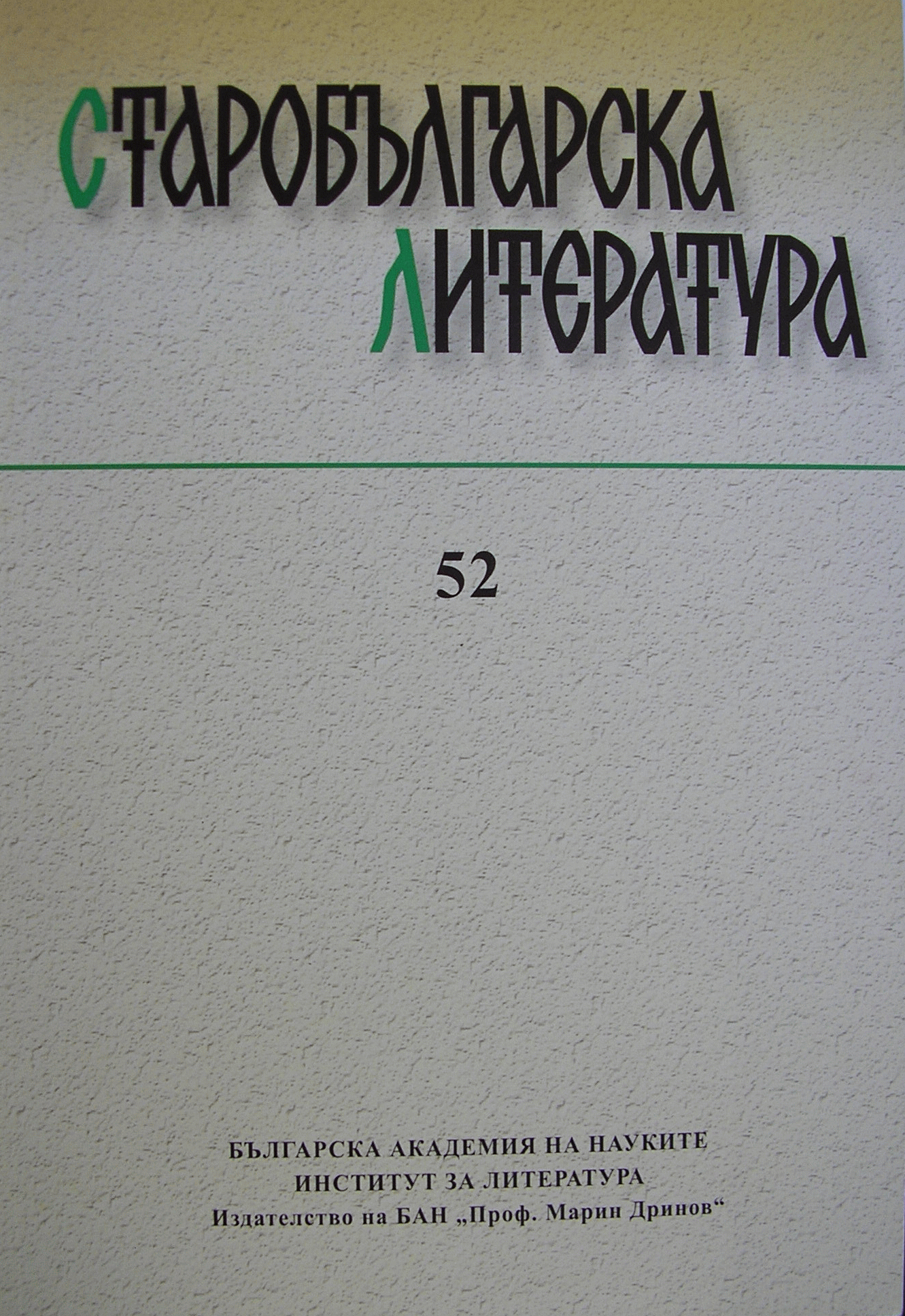
Св. Методий в латинската небогослужебна традиция до началото на Новото време
The present publication continues to explore images of St. Methodius in the Western (Catholic) tradition, a topic already addressed in an article by K. Stantchev and A. Vlaevska-Stantcheva (see Kirilo-Metodievski studii 17, 2007: 687–701). It focused on how the person of Methodius is represented in the Western European, predominantly non-Slavic non-liturgical tradition from the 16th through the beginning of the 17th century. The lower chronological boundary of this study is the time of Emperor Charles VI (1355–1378), who officially added SS. Cyril and Methodius to the patrons of the Czech Kingdom in 1347. The article traces mentions of Methodius in works by the chroniclers of his court, Giovanni Marignoli and Přibík Pulkava. Special attention is paid to the little-known Historia Bohemica by Enea Silvio Piccolomini (1405–1464, Pope Pius II 1458–1464), which introduces Methodius-related motives previously known only in the Czech tradition into non-Slavic Western historiography. In this connection, the article examines works by several notable representatives of Italian and German Humanism, such as Rafaelle Maffei (also known as Raphaele Volaterano), Johannes Nauclerus, Johann Georg Turmair (Johannes Aventinus), Giovanni Battista Cipelli (Battista Egnazio), and Girolamo Bardi. It acknowledges that the figure of Methodius appears mostly sporadically, albeit in works of various genres, and follows the evolution of his representation from the middle of the 16th century onward, from the historiographical texts of Johannes Dubravius and Marcin Kromer (Martin Cromer) to the Ecclesiastical Annals by Cardinal Cesare Baronio, which was largely responsible for confirming the Western European image of Methodius as an Apostle to the Slavs. The last part of the publication focuses on the image of Methodius in Benedictine historiographic and hagiographic literature from the end of the 14th through the middle of the 17th century, claiming that this tradition has its own independent development and serves as a “mirror” for the evolution of Methodius’s image in the non-Slavic West.
More...
